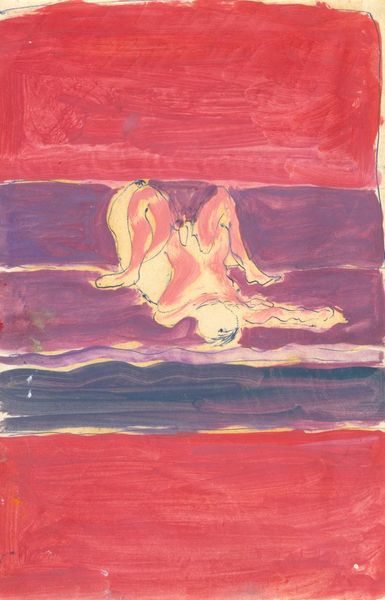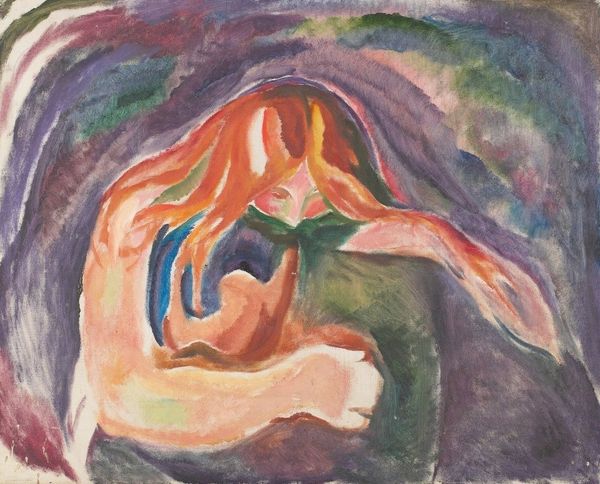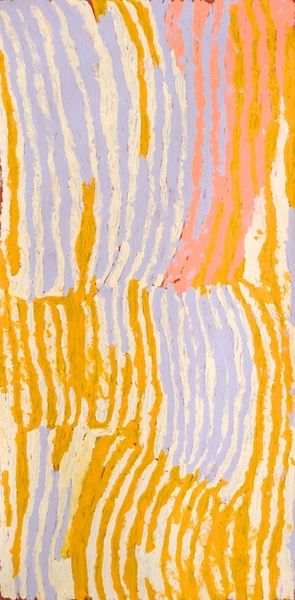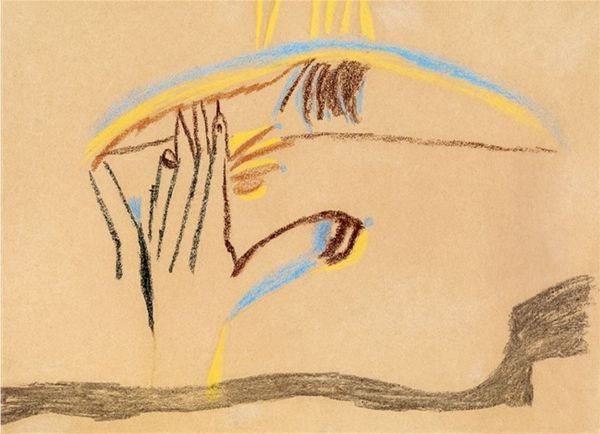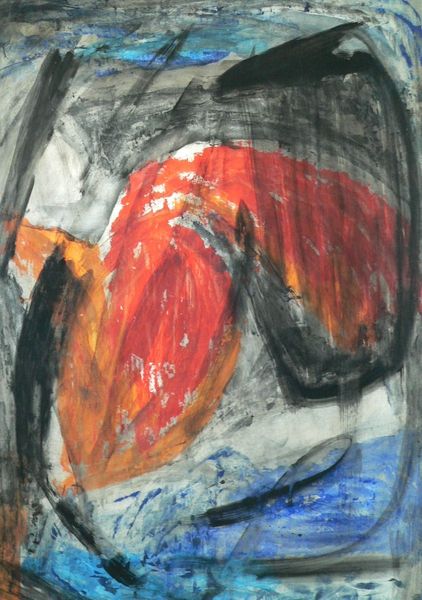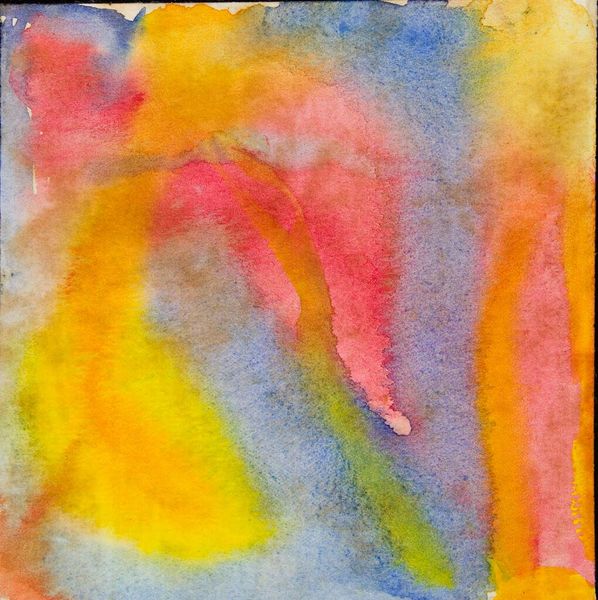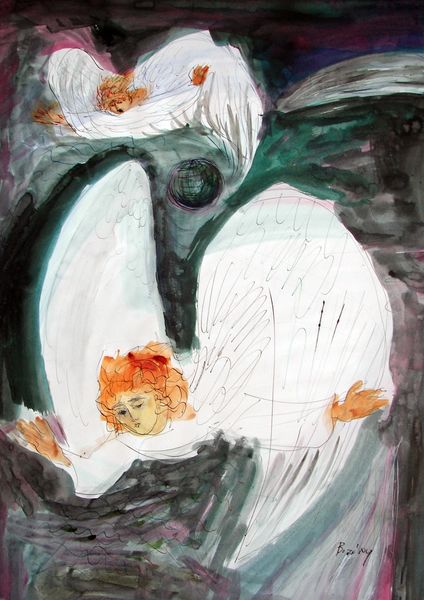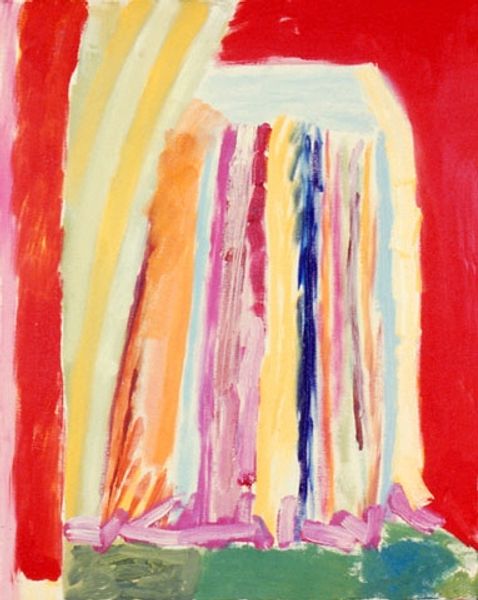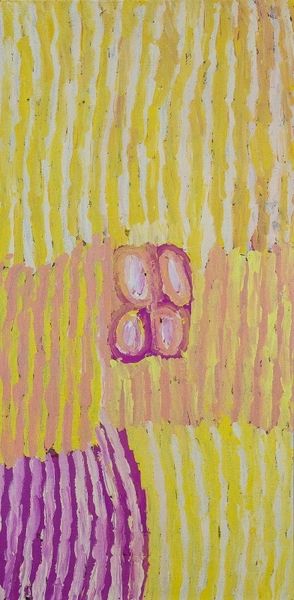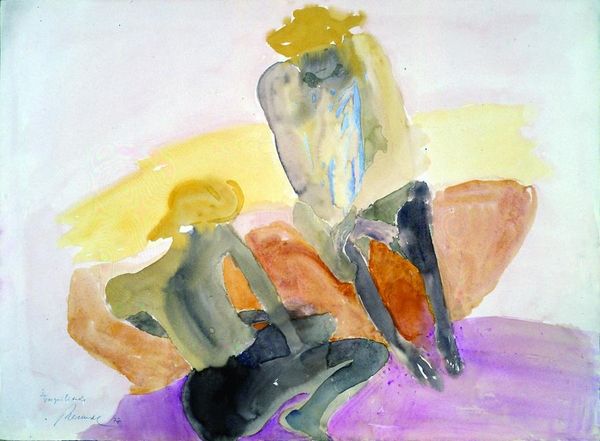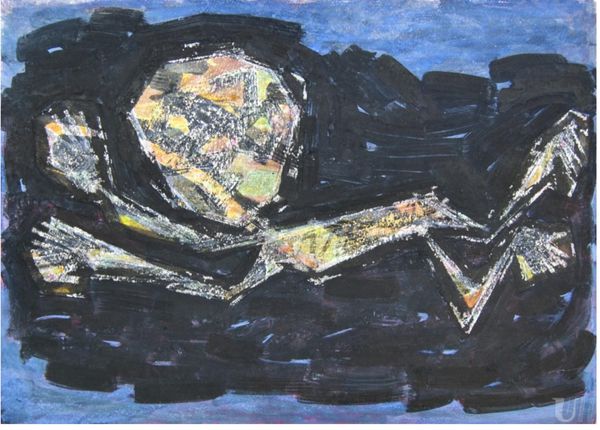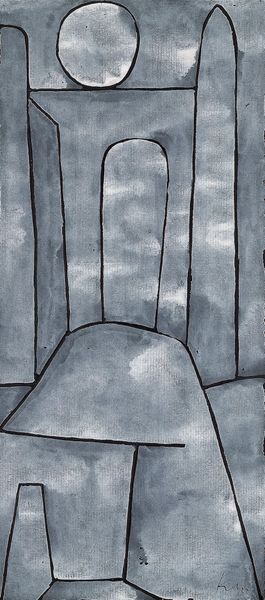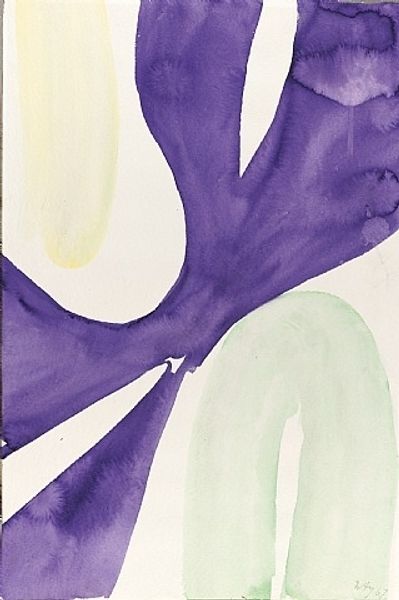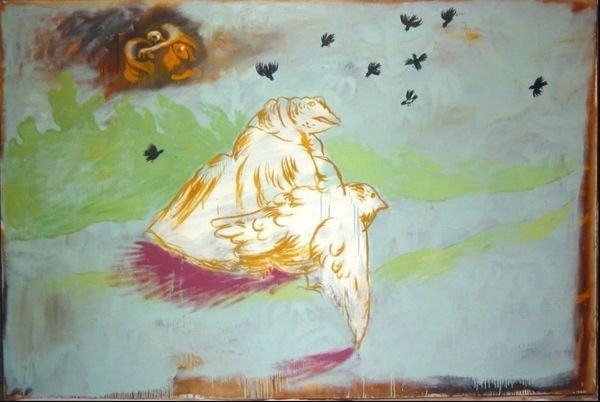
Dimensions: support: 222 x 150 mm
Copyright: © Estate of Francis Bacon. All Rights Reserved, DACS 2014 | CC-BY-NC-ND 4.0 DEED, Photo: Tate
Editor: This is Francis Bacon’s Reclining Figure, No. 2, held at the Tate. It seems to capture a moment of vulnerability, but the colours are clashing. As a historian, what do you make of it? Curator: Bacon’s figures often embody postwar anxiety. Consider the social and political climate: Cold War tensions, existential philosophy. Do you think the jarring colours and distorted form reflect a societal unease? Editor: Absolutely, the figure seems trapped or exposed. It's interesting how these personal anxieties are projected onto the public sphere through art. Curator: Precisely. Bacon makes private turmoil a shared experience, prompting viewers to confront uncomfortable truths about the human condition, and forcing the establishment to reconcile these realities. Editor: I see now, it's not just an individual's pain, but a reflection of a larger societal fracture. Curator: Exactly. Art can be a mirror reflecting back what society often chooses to ignore.
Comments
tate 8 months ago
⋮
http://www.tate.org.uk/art/artworks/bacon-reclining-figure-no-2-t07354
Join the conversation
Join millions of artists and users on Artera today and experience the ultimate creative platform.
tate 8 months ago
⋮
This sketch may have served as colour studies and even responded to Mark Rothko's contemporary work (seen in London in 1959). The male nude and horizontal bands (derived from a sofa against a wall) are common to a series of Bacon's oil paintings from 1959 and 1961. The sketches appear to be later, as an impression of writing from another sheet but visible on 'Sketch [Reclining Figure, no.1]' gives his address as '7 Reece Mews', the studio which he occupied in the autumn of 1961. Gallery label, March 2023
